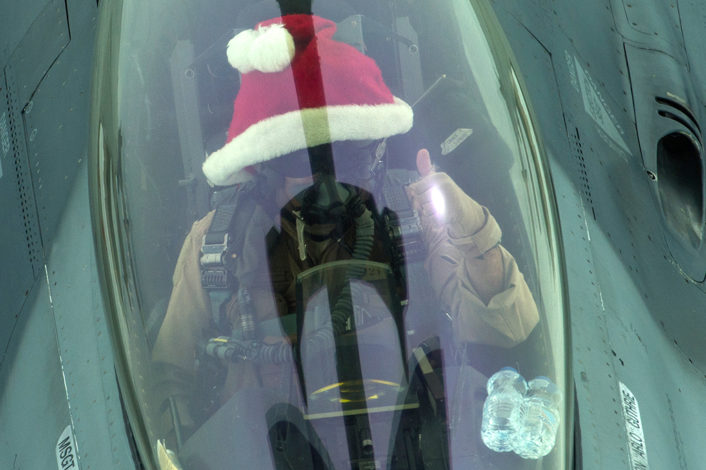Pentagon prioritises EP-3 role for Triton
An 18-month-old plan to equip the Northrop Grumman MQ-4C Triton with a signals intelligence payload will proceed after the US Navy received approval from top Pentagon officials August 2016, Naval Air Systems Command (NAVAIR) tells
FlightGlobal.
The navy will field low- and high-band signals receivers on the MQ-4C starting in Fiscal 2021, adding to the Triton's powerful, Northrop-designed maritime patrol radar, says Sean Burke NAVAIR's Triton programme manager.
That multi-intelligence (multi-INT) suite of sensors will enable the navy to proceed with plans to retire the Lockheed Martin EP-3E ARIES II, the subset of the P-3C fleet tasked with eavesdropping on communications and other transmissions.
"Triton does similar things to what the EP-3 can do — similar profiles, conops [concept of operations] that sort of thing, so it’s kind of a logical transition," Burke says.
The navy had proposed fielding the MQ-4C with a multi-INT capability in 2021 for several years, but the concept at last received final approval in August. The acceptance came with the decision by Frank Kendall, undersecretary of defence for acquisition, technology and logistics, to approve the MQ-4C to enter low-rate initial production.
The first two MQ-4Cs will be delivered in Fiscal 2018 with a maritime reconnaissance capability only. Three years later, the first MQ-4Cs augmented with a SIGINT payload are scheduled to achieve initial operational capability, Burke says.
The upgrade plan allows the navy to replace the EP-3E fleet without incurring the expense of a dedicated replacement programme, but requires operators to adapt the mission from crewed reconnaissance aircraft to a UAV that transmits SIGINT data to a ground station in real time.
The service will change the baseline aircraft later on to fit the multi-intelligence configuration, which will take about six to seven months to retrofit. System development and demonstration for the baseline configuration wrapped in December and the Navy began its preliminary design review for the multi-intelligence configuration later that month, Burke says.
Triton will fly four aircraft at each of its proposed five surveillance orbits in Guam, Italy, the Persian Gulf and and both US coasts.


